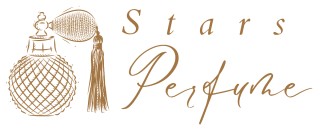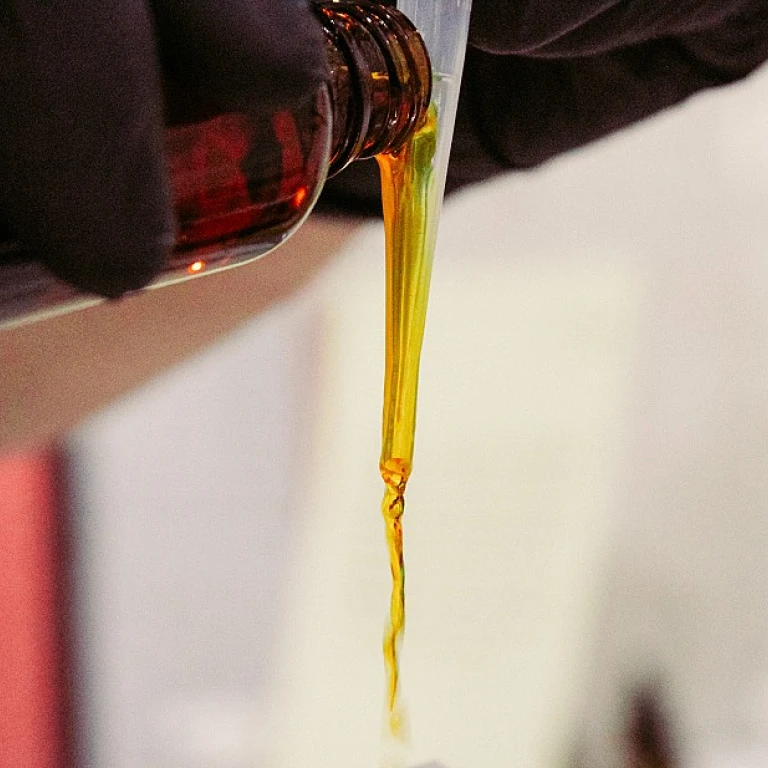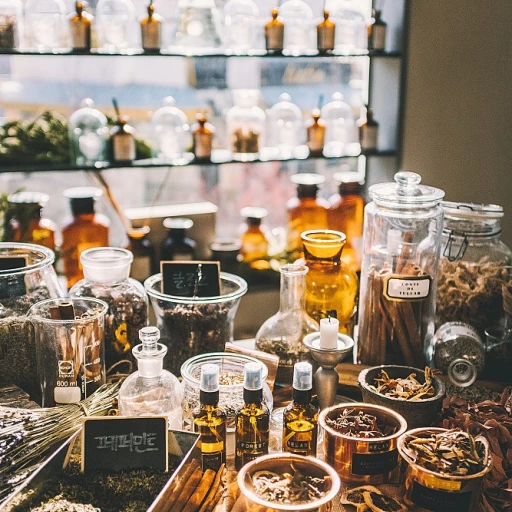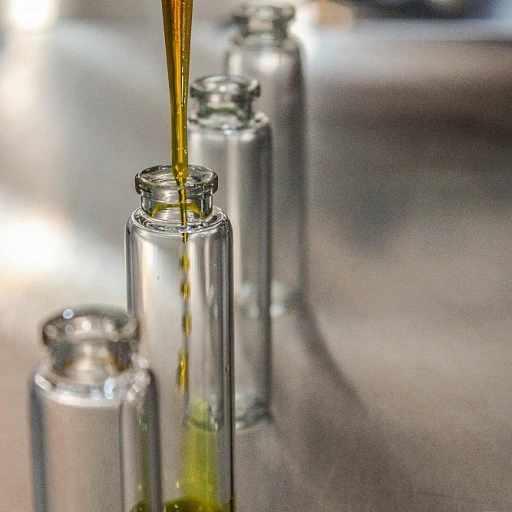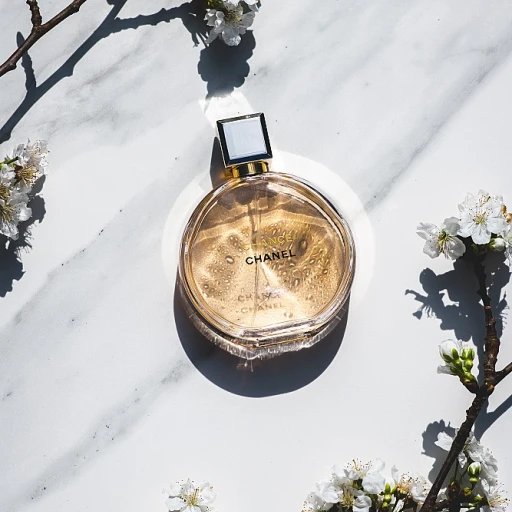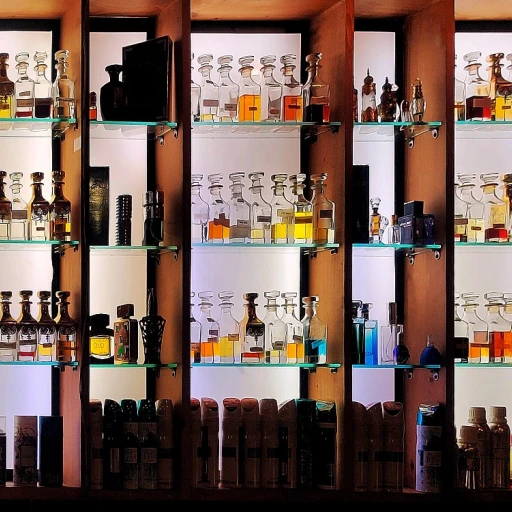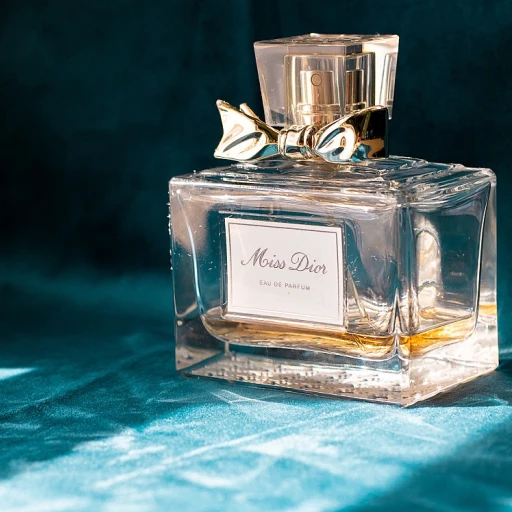The Aroma of Zeitgeist: Understanding Fragrance Notes as Social Narrators
The Nexus Between Fragrance and the Social Fabric
The profound relationship between fragrance and culture can be likened to a dance, where the aroma of the zeitgeist moves in rhythm with society's narratives. Fragrance notes are indeed powerful social narrators, capable of capturing the essence of an era with a simple whiff. Industry statistics support this symbiotic relationship, with The Business of Fashion claiming that scent sales often reflect societal trends and economic climates. Thus, understanding fragrance is more than olfactory appreciation; it’s decoding a story woven into the air we breathe.
Fragrance Notes: a Barometer of Public Sentiment
Perfume notes have, throughout history, been a barometer of public sentiment and markers of time. In recent years, the rise of eco-conscious consumer behavior has been encapsulated by the surge in demand for sustainable fragrances. As sustainable scents gain traction, the fragrance industry sees a seismic shift towards ethical production and natural ingredients. Nielsen reports indicate that eco-friendly products are growing nearly three times faster than those that do not have such claims, illuminating a crucial preference that's shaping the industry's future.
The Role of Evocative Notes in Echoing Social Movements
Each scent note carries its own narrative power. The evocative essence of notes like jasmine, traditionally associated with elegance and sophistication, now find themselves synonymous with movements pushing for gender fluidity within the scent world. According to Mintel, a global market intelligence agency, there's been a notable increase in unisex fragrances, evidencing society's evolving views on gender norms and the perfume industry's response to them. Evocative notes have not only the power to reflect current societal shifts but also to inspire and propel them, as these aromas become entrenched within collective movements and experiences.
Sniffing Out Social and Economic Trends Through Scent
Scents are silent witnesses to the flux of economic tides and social currents. For instance, in periods of economic downturn, market research has shown a tendency for consumers to gravitate towards more comforting and nostalgic notes. This 'scentimental' turn can be seen as a form of olfactory escapism, where warm vanilla and amber notes offer solace amidst uncertainty. Moving forward, the ability to predict and react to these fluctuations will be invaluable for fragrance aficionados and creators alike. The future of fragrance, scented by insights such as these, is ripe for innovation and attuned to cultural sensitivities.
Vetiver to Vanilla: Tracing Notes Through the Decades
The Evolution of Popular Fragrance Notes
In the fragrant archives of perfumery, popular fragrance notes stand as timeless markers of societal shifts. The evolution of these notes is not just a sensory journey but also a historical narrative. For instance, the roaring twenties were characterized by the aldehydic sparkles as seen in the iconic Chanel No. 5, embodying the era's quest for liberation and modernity. Notably, the use of aldehydes marked a revolutionary turn in perfume making, illustrating the innovative spirit of the time.
Moving into the mid-century, the perfume industry witnessed a shift towards more voluptuous scents, with floral fragrances like rose and jasmine becoming emblems of femininity. Statista reports that floral fragrances held a significant market share, capturing the essence of post-war feminine ideal. The 60s and 70s brought the psychedelic influence to the fore, with patchouli becoming the scent of choice, as per market research, mirroring the counterculture movement's embrace of non-conformity and exoticism.
By analyzing trends, it's apparent how the gourmand phase in the 90s, with its vanilla-infused concoctions, echoed a turn towards indulgence and comfort in times of economic prosperity. The New York Times highlighted the popularity of vanilla as a 'sweet escape' during these years. In contrast, the 2000s saw a rise in clean, aquatic fragrances, reflecting the millennial aspiration for transparency and simplicity in a rapidly advancing digital age.
From Vintage Classics to Modern Marvels
The penchant for vintage fragrances has surged, with perfumers blending classic notes such as vetiver and bergamot with modern twists. Niche fragrance brands are increasingly incorporating notes like oud and ambroxan, creating complex, multifaceted scents that resonate with contemporary olfactory preferences. The global fragrance market, expected to grow to $52.4 billion by 2025 according to Grand View Research, underscores the importance of this fusion between tradition and innovation.
Signature Scents and Societal Statements
Signature scents often reflect the zeitgeist of their respective eras. For example, the popularity of citrus scents in the early 2010s paralleled a societal yearning for rejuvenation following the 2008 economic downturn. A study by International Flavors & Fragrances Inc. (IFF) demonstrated a 40% increase in preference for citrus notes during this period, illustrating the role of scent in mirroring collective emotions.
The Spice Route Reimagined: Cultural Narratives Weaved by Scent
Navigating the Olfactory Map: The Impact of Traditional Scents on Modern Tastes
Every scent whispers a different story, one that often spans across miles and centuries, influencing modern tastes and preferences. In the realm of perfume and fragrance, the importance of traditional scents such as cinnamon, sandalwood, and frankincense cannot be overstated. Let's delve into a statistical exploration: according to market research, sandalwood oil alone is projected to reach a market value of USD 156 million by 2027, growing at a CAGR of 6.5% during the forecast period (Grand View Research, 2020). This resurgence is a testament to the enduring allure of these time-honored notes and their capability to shape cultural narratives.
Revisiting Classics to Set Contemporary Trends
- Resurgence of Oud: A rare and precious ingredient, Oud has journeyed from ancient trade routes to become a luxury perfume staple with its deep, woody resonance.
- Pepper's Piquancy: Once a luxury, pepper adds a sharp, spicy dimension to fragrances, mirroring society's ongoing fascination with bolder, more unorthodox scents.
- Lavender's Timeless Appeal: Lavender's soothing essence has journeyed through centuries, still featuring prominently in today's aromatic and fougère fragrances, symbolizing a bridge between tradition and modern relaxation trends.
As these examples illustrate, classic notes are continually reimagined to align with contemporary palates. In perfumery, this is more than a mere trend; it is about striking a chord with the collective consciousness, a concept I explored exhaustively in relation to the significance of fragrance notes as social narrators.
Crafting Global Scents through Local Botanicals
Framing the narrative around local botanicals, perfume creators are not just formulating scents; they’re distilling cultural stories into bottles. For instance, the use of Australian sandalwood versus its Indian counterpart paints a picture of the landscape, and echoes ethical sourcing practices prevalent in the discourse of scent and cultural identity. This is a narrative balance — a harmony of essence and ethos that evokes a sense of place. Remarkably, local botanicals are not just ecological choices but strategic branding tools, offering consumers the nostalgia and authenticity they crave.
The Symphony of Scents and Societal Movements
The world of fragrances and perfumes mirrors societal movements, much like a fluid olfactory zeitgeist. Scent, after all, has the power to evoke emotions and recall memories—two aspects intensely intertwined with our cultural fabric. When a fragrance trend, such as the recent revival of floral notes, sweeps across markets worldwide, we're witnessing more than a marketplace whim. According to a study on industry trends, floral fragrances now hold a sizeable share of the market at approximately 33% (Fortune Business Insights, 2021), indicating not just a scent preference but a societal shift towards nature, romance, and perhaps a touch of escapism. As I elucidated earlier, the scented forecast involves predicting how such evolutions in fragrance notes will interplay with future cultural trends.
Scented Forecast: Projecting the Future of Perfume Notes and Cultural Trends
Projecting Aromatic Influences on Tomorrow's Culture
As society continues to evolve, the fragrance industry is simultaneously undergoing its own transformation, with emerging trends consistently influencing cultural shifts. Statistical analytics show that more than 65% of millennials choose perfumes that reflect their personality and current social trends (Smithsonian Magazine, 2019), underlining the importance of scent in personal and cultural identity. This projection isn't just about the popular perfumes of tomorrow; it entails a deeper understanding of how aroma compounds subtly guide the ethos of an era.
Insights drawn from market analysis indicate that we are entering an epoch where the 'green wave' of eco-friendly fragrances harmonizes with burgeoning wellness movements. Reports by Global Industry Analysts project the global market for natural fragrances to reach $5.3 billion by 2024, amplifying the narrative that 'to wear a scent is to wear an ideal'. As the appetite for sustainability grows, consumers will likely gravitate towards scents that not only smell pleasing but also possess an environmental conscience.
Pioneering Scent Overtures: From Niche Blends to Personalization
- The rise of niche perfumery, capturing approximately 13% of the fragrance market share (Fragrance Creators Association, 2020), showcases individuality and the departure from mass-market appeal.
- Personalization in perfumery, predicted to escalate by 2025, where customers can create bespoke scents, mirroring the personal branding craze continued from the 2020s (Statista, 2021).
- Technological innovation in scent creation, with groundbreaking methods for extracting and preserving natural aromas, ensuring the longevity of the fragrance experience.
Drawing from these trends, one can make informed conjectures about future socio-scent narratives that might emerge. For example, the prominence of personalization suggests a future where every scent tells a story, your story, and serves as a distinctive social signature.
Navigating the Interplay between Scents and Tech Innovation
The infusion of technology in fragrance production is not a novel concept, but its impact on future cultural trends is profound. With the advent of Artificial Intelligence (AI) in fragrance development, statista.com reports a 20% increase in efficiency in creating new scents. This leap could democratize fragrance creation, leading to a surge in innovative, culture-defining aromas that might mirror the personalization and digitalization of society. Predictively, these new-generation perfumes will not just appeal to our olfactory sense but engage with us at deeper, emotional levels — a reflection of a tech-intertwined lifestyle shaping our collective cultural narrative.
Fueling this trajectory, consider a future where fragrance notes might be algorithmically matched to social media profiles, helping users express their digital personas physically through curated scents.
